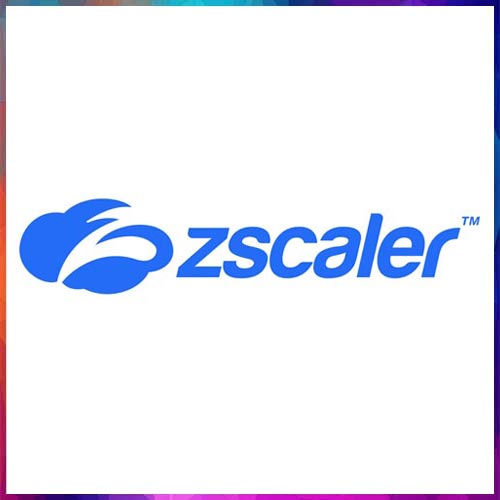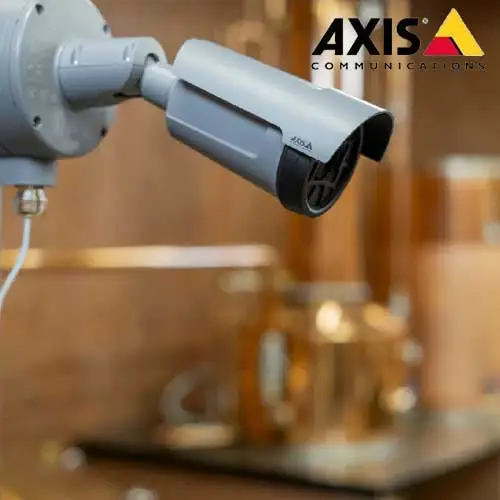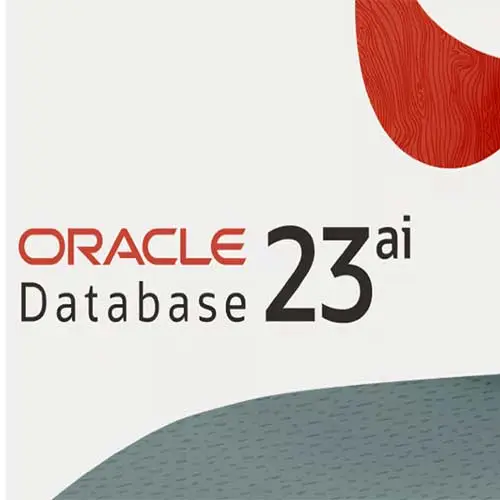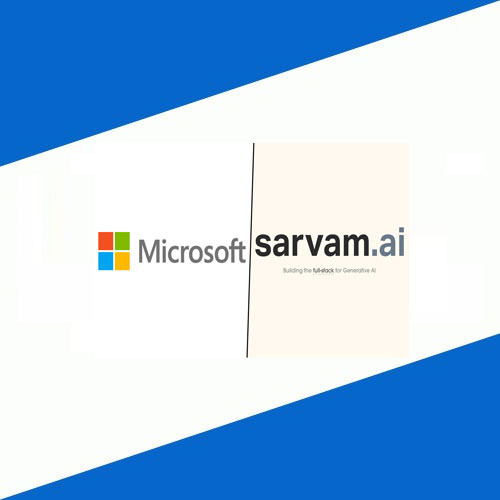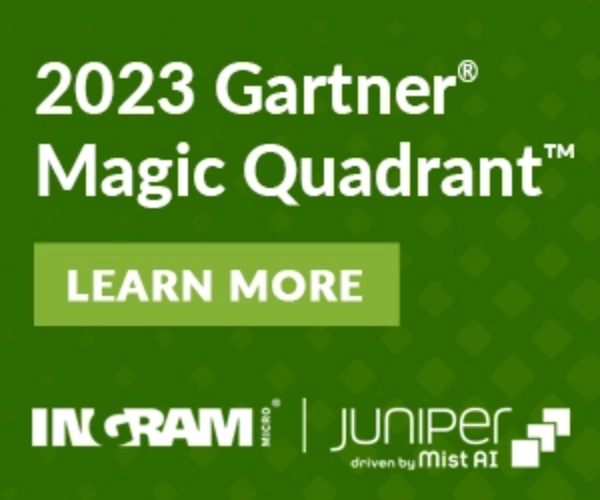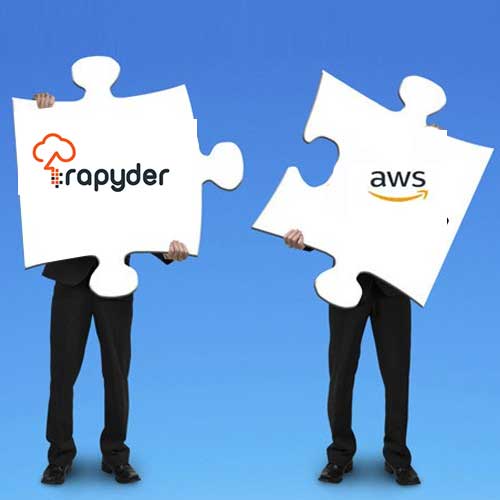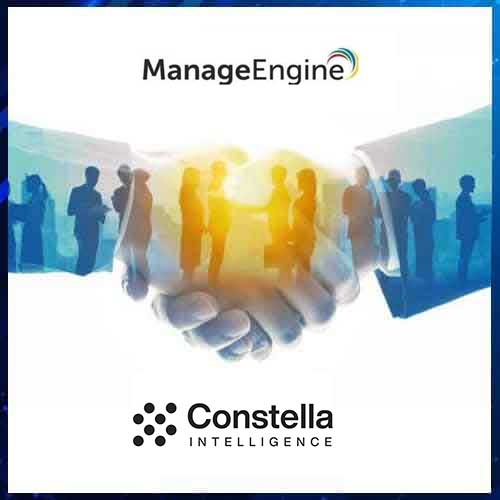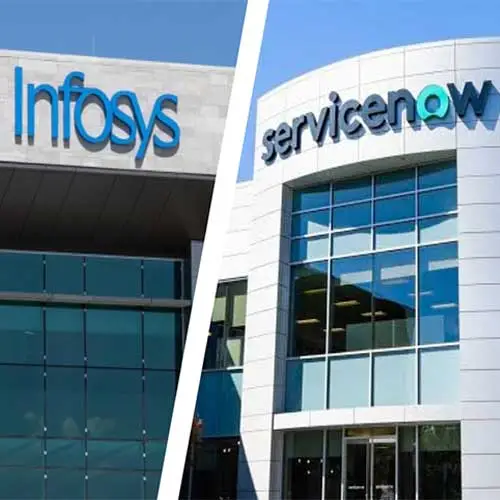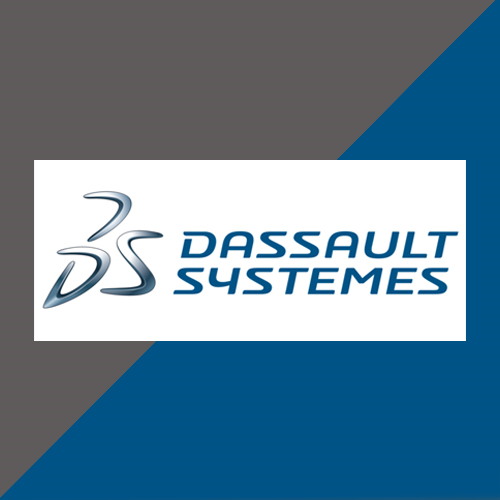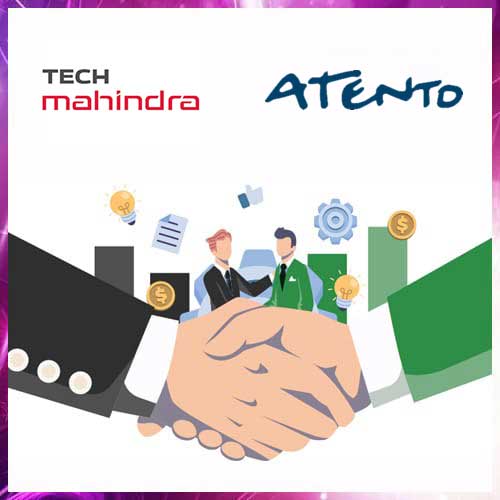Modern enterprise needs cloud based BCP & DR

Gyan Prakash, VP - Enterprise IT, SCADA Geoinformatics
“Cloud based business continuity creates operational resiliency easier, faster and more economical for organizations. Enterprises now have the luxury of tackling downtime in system - the bane of any business that can stall production and impact revenue - seamlessly. And the benefits for company who take business continuity to the cloud are immense. Modern enterprise needs cloud based BCP & DR due its features as high availability, accessibility at remote locations, with easy back-ups, easy to restore mechanism from cloud, affordable and cost-effective solutions. Organization’s business and technical teams need to reach a consensus on RTO and RPO values for the BCDR solution & sequentially categorize all data, systems and applications based on priority. Organization needs to leverage this by designing a cloud solution that manages data hierarchically – start with data storage, followed by backup and restore, and finally leveraging disaster recovery during a crisis.
Cloud is a model for enabling ubiquitous convenient, on-demand IT network access to a shared pool of configurable computing resources (e.g., networks, servers, storage, applications, and services). Cloud providers share their physical or virtual resources to their customers via internet to remote places. There are industry standard’s pay rates from various cloud providers with various terms and conditions.
Enterprises nowadays need the technological agility, flexibility and cost optimization that public cloud offers and the security, reliability and control that private cloud provides. They are increasingly moving towards hybrid cloud environments that are a win-win for them on all counts. Importantly, the combination of the public-private cloud means they can choose a suitable environment based on their workloads. While, hybrid cloud adoption is on trending, the security of such hybrid environments becomes important. Enterprises will do well to treat hybrid cloud security as a collaborative effort with their cloud service provider. A shared responsibility leads to a proactive mindset and helps identify any lacunae in the system or processes. Hybrid cloud security varies business to business due to deviation in business processes. To reduce the likelihood of human errors, enterprises can consider codifying secure processes into automated workflows. A uniform identity and access management framework will go a long way in protecting assets in hybrid environments. Access control assumes significance in this framework for both public and private cloud environments wherein employees and external consultants get access only to the resources they need.”
See What’s Next in Tech With the Fast Forward Newsletter
Tweets From @varindiamag
Nothing to see here - yet
When they Tweet, their Tweets will show up here.





